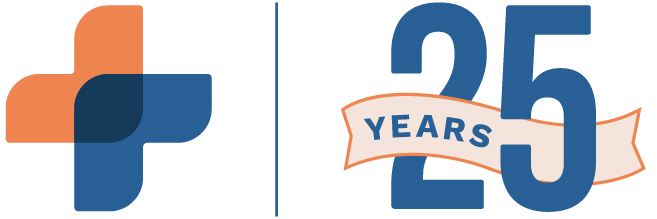Specificity is key to successful billing departments. While the complexity of medical coding and changing codes can be difficult to navigate, mistakes can be extremely costly—at worst, they can result in denial of claims, fines, or even fraud and abuse charges.
Despite the severe consequences, billing coding mistakes are all too common. In 2010, the Office of the Inspector General (OIG) reported that 42% of Medicare claims were improperly coded, and 19% lacked sufficient documentation. Here are the five most common errors that the OIG has found amongst medical billing departments.
- Under Coding
“Under coding” or “down coding” is the purposeful reporting of less expensive medical services than those that were actually performed. The Centers for Medicare & Medicaid Services (CMS) considers any misrepresentation or missing information as abuse and fraud. Deliberate under coding procedures is considered “making a false statement” and is a “misrepresentation” of the facts. A physician may be held liable under the False Claims Act for under coding, and regular patterns of down coding may trigger more intensive audits and investigations.
- Overcoding
“Overcoding” or “up coding” is reporting more expensive procedures than were performed or submitting bills for procedures that were never performed. Regardless of intention, up coding is also considered fraud and abuse. For example, if a billing department employee mistakenly enters incorrect diagnoses and treatment codes, this can still be considered fraud and abuse and can result in denials or delays. If detected, regular patterns of intentional overcoding can lead to serious legal and financial consequences.
- Failing to Use Current Procedural Terminology (CPT) Codes
The incorrect or inaccurate use of billing codes can also cause denials or delays. While changes happen regularly, 2020 was especially busy with numerous updates to CPT and ICD-10 codes throughout the year. Codes have changed drastically with remote monitoring and other telemedicine services, as well as the administration of vaccines. There are three principal medical code sets that are updated annually:
- WHO for ICD
- AMA for CPT
- CMS for HCPCS
Medical coders are responsible to stay up-to-date on reorganized and ever-changing codes. Professional organizations such as the AAPC require every member to complete educational credits bi-annually to assure that they are being diligent in their education.
- Failing to Provide Complete Documentation
Failure to provide complete information to payers as evidence to support claims can also result in denials or delays that can lead to financial ruin. However, this isn’t always the coder’s fault. If the provider doesn’t give the coder enough information, if certain details are left out of the report, or the information is illegible, the coder cannot perform their job accurately. In addition, not providing all of the necessary information—like failing to link a diagnosis code to the CPT or HCPCS code—can be detrimental.
- Avoid Unbundling
Unbundling or “fragmentation” occurs when a medical biller uses multiple CPT codes for every part of the procedure instead of a single, comprehensive code that may have been available. While possibly due a simple misunderstanding, unbundling CPT codes may result in increased payments to providers and are considered fraud and abuse.
Tips to Avoid Medical Billing Mistakes
Whether mistakes are due to a series of oversights or intentional abuse, consequences for medical billing errors can be severe. They may include delays in reimbursement, fines, or exclusions from federal programs that can irreparably harm healthcare providers and their affiliated institutions. Continuous education within your medical billing department and proper communication between providers and medical billing professionals is critical, but there are also integrative tools that can provide security to your processes.
RXNT’s medical billing software regularly and frequently updates billing codes that help departments ensure accuracy for quick reimbursement. For example, create a single encounter that can be easily split so you can quickly complete and submit bundled claims for faster—and more accurate—billing. With automated claim scrubbing, you’ll feel secure that your bills are being sent correctly the first time. Plus, features such as denial management let you track and work denied claims fast and effectively to shorten the length of the billing cycle, while online patient portals allow clients to capture payments at check-in. All of these tools reduce the length of the billing cycle and provide transparency, improving the bottom line while increasing patient trust and institutional compliance.





